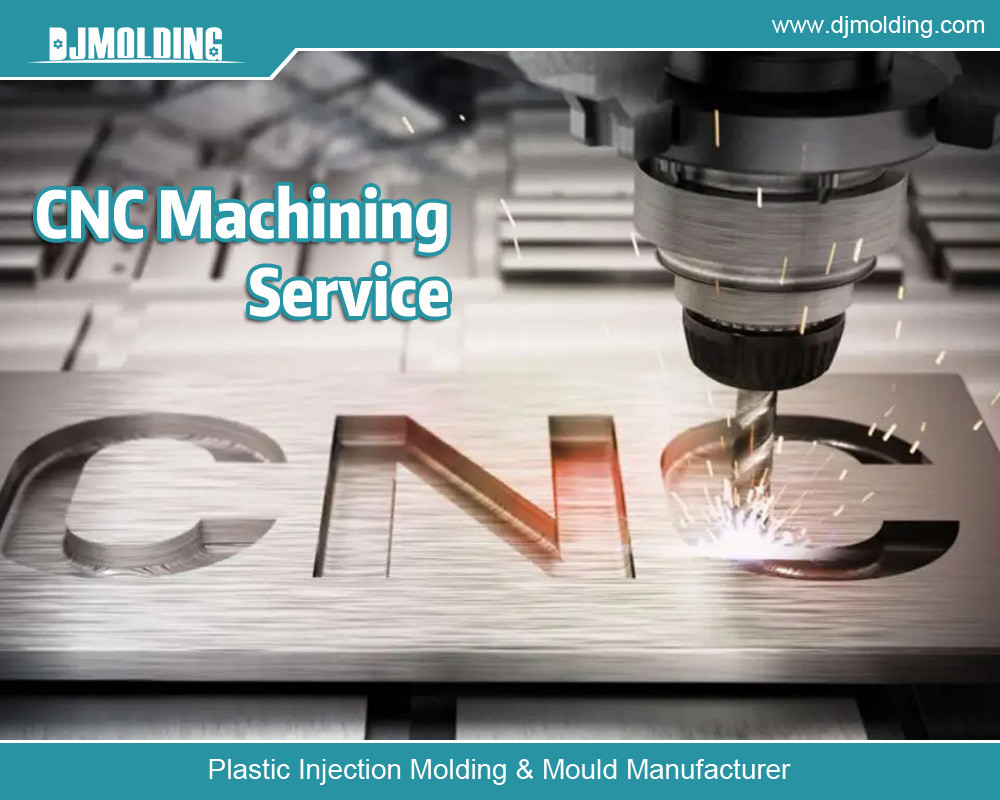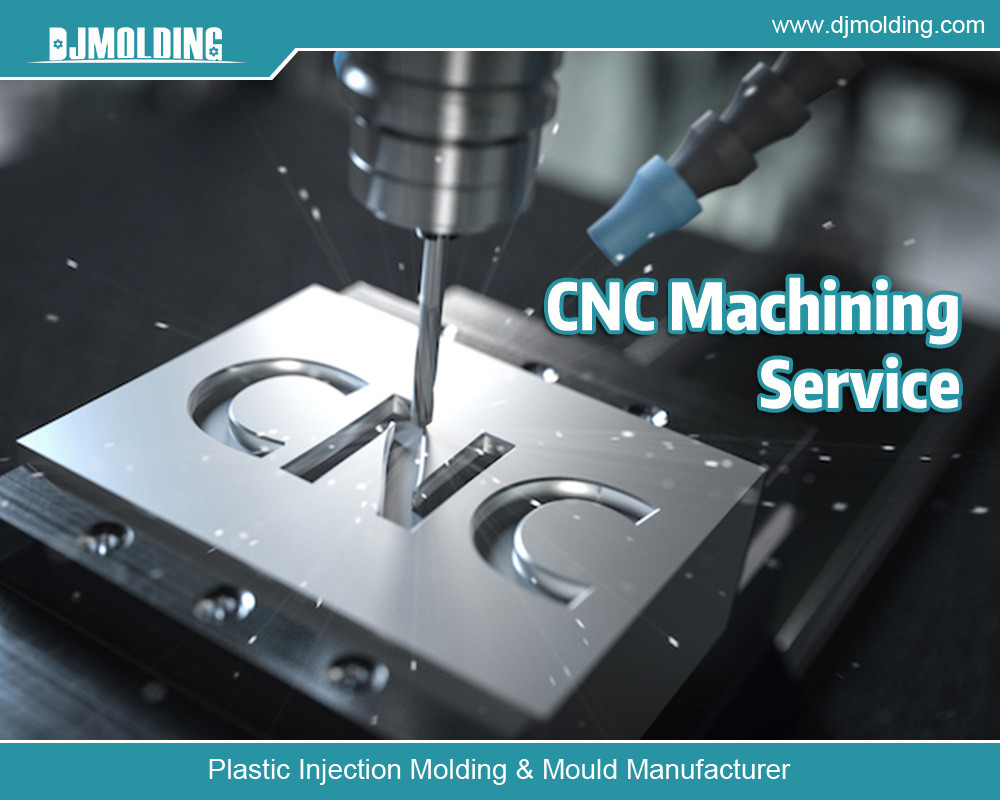- September 20, 2023
- Posted by: Plastic Injection Molding
- Category: Rapid Prototyping Service
Maximizing Efficiency And Cost Savings With Injection Molding Rapid Prototyping Services China
In today’s fast-paced business world, staying ahead of the competition is crucial. One way to do this is by maximizing efficiency and cost savings. Injection molding rapid prototyping is an effective method for achieving these goals. By utilizing this technique, businesses can save time and money while still producing high-quality prototypes. In this blog post, we will explore the benefits of injection molding rapid prototyping and how it can help businesses maximize their efficiency and cost savings.

Benefits of Rapid Prototyping in Injection Molding
Rapid prototyping in injection molding offers several benefits to manufacturers. One of the most significant benefits is faster production times. With rapid prototyping, manufacturers can quickly create prototypes of their products, allowing them to test and iterate designs much faster than traditional methods. This can significantly reduce the time it takes to bring a product to market.
Another benefit of rapid prototyping is reduced costs. Traditional prototyping methods can be expensive, especially when it comes to tooling costs. Rapid prototyping eliminates the need for expensive tooling, allowing manufacturers to save money on production costs. Additionally, rapid prototyping can help reduce material costs by allowing manufacturers to test and iterate designs before committing to expensive materials.
Improved design accuracy is another benefit of rapid prototyping. With traditional prototyping methods, it can be challenging to accurately represent the final product. Rapid prototyping allows manufacturers to create highly accurate prototypes that closely resemble the final product. This can help identify design flaws early in the process, saving time and money in the long run.
Finally, rapid prototyping offers increased flexibility. With the ability to quickly create and test prototypes, manufacturers can easily make changes to their designs as needed. This can help them stay agile and adapt to changing market conditions.
How Rapid Prototyping Can Maximize Efficiency in Injection Molding
Rapid prototyping can help maximize efficiency in injection molding in several ways. One of the most significant ways is by streamlining the design process. With rapid prototyping, manufacturers can quickly create and test multiple design iterations, allowing them to identify and address design flaws early in the process. This can significantly reduce the time it takes to bring a product to market.
Faster iteration and testing is another way that rapid prototyping can maximize efficiency. With traditional prototyping methods, it can take weeks or even months to create and test a single prototype. With rapid prototyping, manufacturers can create and test multiple prototypes in a matter of days. This can help them quickly identify and address design flaws, reducing the time it takes to bring a product to market.
Reduced waste and errors is another way that rapid prototyping can maximize efficiency. With traditional prototyping methods, it can be challenging to accurately represent the final product, leading to wasted time and materials. Rapid prototyping allows manufacturers to create highly accurate prototypes, reducing the amount of waste and errors in the process.
Improved communication and collaboration is another way that rapid prototyping can maximize efficiency. With the ability to quickly create and test prototypes, manufacturers can easily share their designs with stakeholders and collaborate on changes. This can help ensure that everyone is on the same page and reduce the time it takes to bring a product to market.
Cost Savings with Injection Molding Rapid Prototyping
Rapid prototyping in injection molding can help manufacturers save money in several ways. One of the most significant ways is by reducing tooling costs. Traditional prototyping methods can be expensive, especially when it comes to tooling costs. Rapid prototyping eliminates the need for expensive tooling, allowing manufacturers to save money on production costs.
Lower material costs are another way that rapid prototyping can help manufacturers save money. With the ability to quickly create and test prototypes, manufacturers can easily identify and address design flaws before committing to expensive materials. This can significantly reduce material costs in the long run.
Faster time to market is another way that rapid prototyping can help manufacturers save money. With the ability to quickly create and test prototypes, manufacturers can bring products to market faster, allowing them to start generating revenue sooner.
Improved product quality is another way that rapid prototyping can help manufacturers save money. With the ability to quickly identify and address design flaws, manufacturers can create higher quality products that are less likely to fail in the field. This can help reduce warranty and repair costs in the long run.
Best Practices for Injection Molding Rapid Prototyping
There are several best practices to follow when it comes to injection molding rapid prototyping. One of the most important is to communicate and collaborate effectively with stakeholders. This can help ensure that everyone is on the same page and reduce the time it takes to bring a product to market.
Quality control and testing are also critical when it comes to rapid prototyping. It is essential to test prototypes thoroughly to ensure that they meet the desired specifications and are manufacturable. This can help reduce the amount of waste and errors in the process.
Finally, it is essential to follow design guidelines and best practices for rapid prototyping. This can help ensure that the final product is manufacturable and meets the desired specifications.
Common Challenges and Solutions in Injection Molding Rapid Prototyping
There are several common challenges that manufacturers may face when it comes to injection molding rapid prototyping. One of the most significant challenges is design accuracy. With traditional prototyping methods, it can be challenging to accurately represent the final product. Rapid prototyping can help address this challenge by allowing manufacturers to create highly accurate prototypes.
Another common challenge is material selection. With so many materials available, it can be challenging to select the right one for a particular application. It is essential to consider the specific properties and limitations of each material before selecting one for a particular application.
Finally, troubleshooting and problem-solving are critical when it comes to injection molding rapid prototyping. It is essential to identify and address any issues that arise quickly to ensure that the process runs smoothly.

Final Thoughts
In conclusion, injection molding rapid prototyping is a process that offers several benefits to manufacturers, including faster production times, reduced costs, improved design accuracy, and increased flexibility. By following best practices and design guidelines, manufacturers can maximize efficiency and cost savings while creating high-quality products. As the manufacturing industry continues to evolve, it is essential to stay up-to-date with emerging technologies and techniques to remain competitive in the marketplace.
For more about maximizing efficiency and cost savings with injection molding rapid prototyping services china,you can pay a visit to Djmolding at https://www.djmolding.com/rapid-prototyping-service/ for more info.
Article Original From: https://www.djmolding.com/maximizing-efficiency-and-cost-savings-with-injection-molding-rapid-prototyping-services-china/
